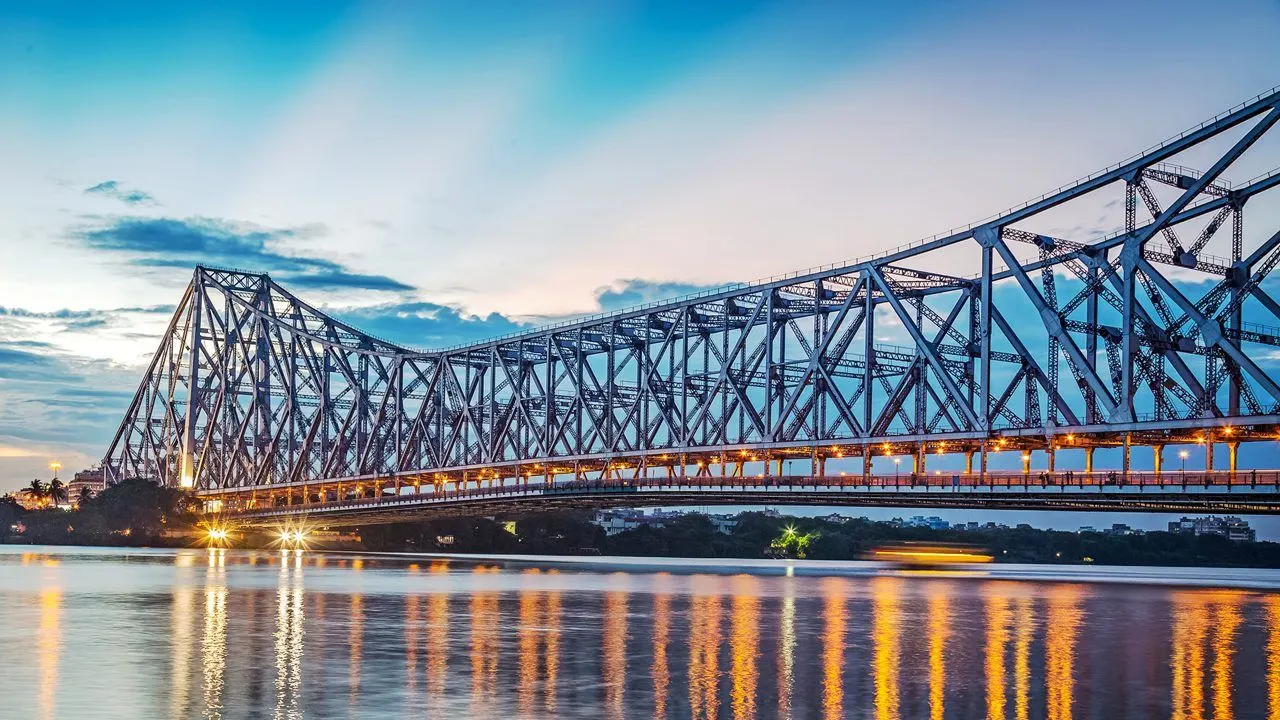Kolkata Leads the Way in Clean Air Among Indian Metros! 🌿

In a remarkable stride towards sustainable urban living, 𝐊𝐨𝐥𝐤𝐚𝐭𝐚 has emerged as the metro with the 𝐛𝐞𝐬𝐭 𝐚𝐢𝐫 𝐪𝐮𝐚𝐥𝐢𝐭𝐲 𝐢𝐧 𝐈𝐧𝐝𝐢𝐚, according to the Centre for Science and Environment, New Delhi (CSE).
📊 Over the last four years (𝐉𝐚𝐧 𝟐𝟎𝟐𝟏–𝐌𝐚𝐫𝐜𝐡 𝟐𝟎𝟐𝟓), 𝐊𝐨𝐥𝐤𝐚𝐭𝐚 recorded:
- 368 days of "Very Good" air
- 423 days of "Satisfactory" air
- 0 days in the "Severe" category
- Fewer "Poor" (513) and "Very Poor" (15) days compared to other metros
That’s 𝟕𝟗𝟏 𝐜𝐥𝐞𝐚𝐧 𝐚𝐢𝐫 𝐝𝐚𝐲𝐬, over 𝟓𝟎% of the total 𝟏,𝟓𝟓𝟎 𝐝𝐚𝐲𝐬 assessed, the highest among six key Indian metros!
In contrast, Delhi reported 284 "Severe" air days, while Kolkata had none!
According to West Bengal Pollution Control Board chairman Dr. Kalyan Rudra, this success stems from:
• Sprinkler use to control dust
• Fire tenders at landfills
• Biomining of waste
• Transition to clean fuel
• Smokeless chullahs for vendors and rural kitchens
📌 Under the 𝐍𝐚𝐭𝐢𝐨𝐧𝐚𝐥 𝐂𝐥𝐞𝐚𝐧 𝐀𝐢𝐫 𝐏𝐫𝐨𝐠𝐫𝐚𝐦𝐦𝐞 (𝐍𝐂𝐀𝐏), Kolkata's focused policy execution and monitoring through the 𝐏𝐑𝐀𝐍𝐀 𝐩𝐨𝐫𝐭𝐚𝐥 have made a tangible impact.
This is a moment of pride, and also a reminder that with commitment and collaboration, cleaner, healthier cities are possible.